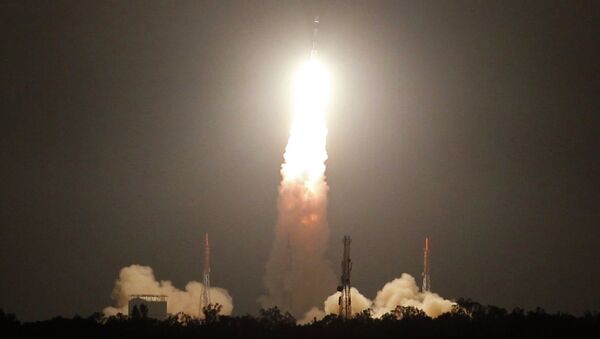Addressing students at a university convocation ceremony in Bangalore (now Bengaluru), Indian Space Research Organisation (ISRO) Chairman K. Sivan said some people were questioning the need for space technology in a poor country like India, a notion that he said was no longer true.
“India’s economy is the seventh-largest by nominal GDP (Gross Domestic Product) and the third-largest by purchasing power. Today, opportunities are many and people are thinking that India is poor and why space technology is required. Do you think India is poor? India is not at all poor", India daily The Economic Times quoted Dr Sivan as saying.
Maintaining every moment of one’s life is now connected with space technology, the ISRO chairman said: "...we are number one in remote sensing satellite; we are the second-largest producer of wheat and the second-largest producer of rice. Our IT industry is enviable in the world".
Students should be inspired by great people, but not imitate them as this would prevent them from being innovative, he said, adding some of the best innovations often emerge from crazy ideas.
In this context, he reminded students India’s space programme emerged from a crazy but calculated idea nurtured by Dr Vikram Sarabhai in 1960.
Dr Sarabhai saw the development-oriented potential of space technology in transforming India, Dr Sivan added.
Dr Sivan's comments assume significance in the wake of ISRO launching Chandrayaan-2, India's most ambitious mission to space to date on 22 July from a spaceport located on the eastern seacoast of Sriharikota in the Indian state of Andhra Pradesh.
On 20 August, the Chandrayaan-2 crossed a significant milestone by entering the lunar orbit.
The "Vikram" lander has now begun the process of separating from the ‘Pragyan’ rover as it enters its final orbit, passing over the lunar poles at a distance of about 100 kilometres from the surface of the Moon.
It captured a picture of the lunar surface from an altitude of 2,650 kilometres on Wednesday (21st of August).
ISRO then identified the Mare Orientale Basin and Apollo craters on the Moon's surface.
This will now be followed by a series of complex breaking manoeuvres to soft land the 6-wheeled robotic vehicle in a high plain between two craters in the South Polar Region at a latitude of about 70 degrees south.
The ambitious lunar probe is expected to land softly in the South Polar Region on 7 September.




